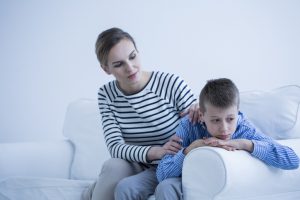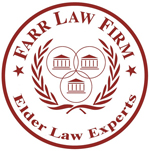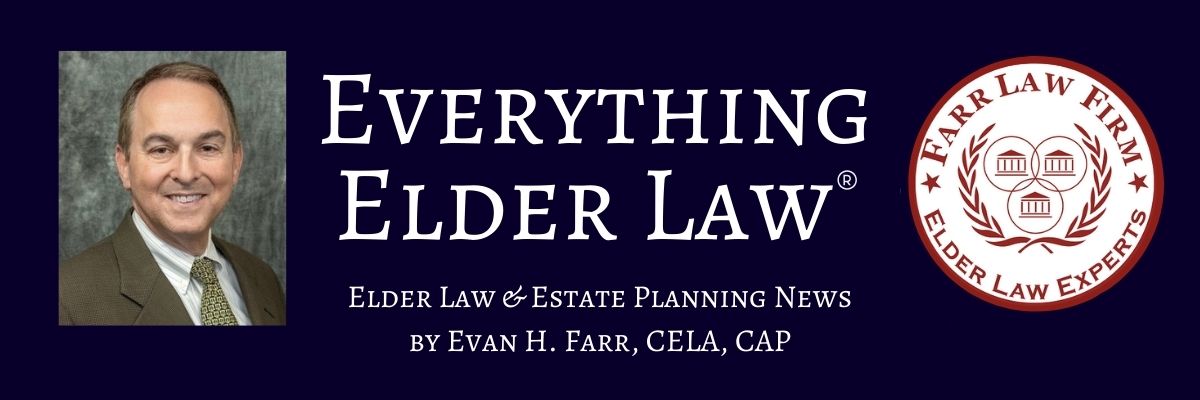
Q. My son, Tyler, has Autism Spectrum Disorder (ASD). He is verbal but he prefers to be alone and he avoids social situations whenever he can. My neighbor’s son, Christopher, who is also on the spectrum, is completely non-verbal and has severe sensory issues.
I heard that the president signed the Autism CARES Act this week, providing 1.8 billion dollars for autism research. This is certainly good news. However, how can they find a cure for something that can have so many varying symptoms among those who have it?
A. October is Special Needs Law Month and, as you mentioned, the Autism CARES Act was signed into law this week, making it an ideal time to focus on autism spectrum disorder (ASD) and ASD planning. Currently, 1 in 59 children has been identified with ASD. We also know that autism is four times more common among boys than girls, and that the symptoms are often significantly different for any two people who are on the spectrum.
Despite the differences, some common traits that can be found among many people with ASD is that it affects brain development and is characterized by difficulties with communication and social skills and by restricted interests and repetitive behaviors.
There’s no cure for ASD. And, because of the varying symptoms, there aren’t any quick remedies for it either. This is why, instead of focusing on “healing the child,” research scientists, doctors, therapists, and parents are now finding that the best way to treat autism is to treat the symptoms as early as possible.
Autism is More Complicated than Anyone Ever Thought
When autism research started to pick up pace a couple decades ago, many scientists thought finding a cure might be possible. Today, the latest science points away from a single cure, but towards ways to help autistic people lead healthier, happier, and more productive lives.
“I think that given the complexity and the variability of the causes and the manifestations of autism, trying to come up with a cure is probably not the right approach,” said autism researcher and psychologist Len Abbeduto, Director of the University of California, Davis, MIND Institute in Sacramento.
Here’s why scientists believe a cure will be especially difficult to uncover:
• No single gene: 80% of autism cases involve genetic factors, and it tends to run in families, but there is no single autism gene. In fact, research has shown that more than 100 genes, and maybe upwards of 1,000, may play a role.
• Environmental factors: Researchers suspect that environmental factors — such as exposures to infectious agents, pesticides, or other toxins in pregnancy — may play a role.
• Different causes for different kinds of ASD: Scientists believe that because autism is such a multi-faceted disorder that it’s highly likely that there are different causes for different kinds of ASD.
Recently, one of the most well-known organizations for ASD, Autism Speaks, removed the word “cure” from their mission statement. When asked why, psychologist Thomas Frazier, chief science officer at Autism Speaks said, “In the beginning, [researchers] were looking more for the magic bullet, the magic pill. We were looking for the autism gene, and we thought that would ultimately lead to some kind of cure of autism. Then we recognized that we were way off base.”
The Focus is Now on Early Diagnosis
Skilled practitioners can diagnose autism in toddlers at 18 to 24 months of age, with some research indicating there are detectable signs in babies as young as 6 months. However, most kids aren’t diagnosed until around age 4.
Researchers are now focusing on early diagnosis in hopes that by identifying those with ASD and by intervening early, they can capitalize on the plasticity of the brain that is present in the first, second, and third years of life. The goal is to help alleviate the symptoms and make sure that all children with ASD reach their full potential.
Doctors would like to do what they can to minimize any intellectual disabilities, help patients communicate better, and to improve social skills. They also want to quickly identify and address any other medical conditions that often accompany ASD, such as seizures, gastrointestinal problems, sleep disorders, Attention Deficit Hyperactivity Disorder, and anxiety.
Researchers already are seeing positive results with early diagnosis and interventions such as behavioral treatments and speech therapy in toddlers.
Now There is More Money Available for Autism Research
This past Monday (September 30), the Autism Collaboration, Accountability, Research, Education and Support (CARES) Act was signed into law. The Autism CARES Act provides $1.8 billion in funding for autism programs at the Centers for Disease Control and Prevention, National Institutes of Health and Health Resources and Services Administration. The new law aims to help children and adults with autism by funding research, education, early detection, and treatment.
In 2016, for example, ASD research spending was broken down as follows (according to the government’s Interagency Autism Coordinating Committee): 2% went toward autism lifespan issues and 5% toward services. An additional 35% went to biology, 24% to risk factors, 16% to treatment and interventions, 10% to infrastructure and surveillance, and 8% to screening and diagnosis. This time, advocates are hoping that a greater allotment of funds will go towards early diagnosis and intervention. People with ASD are also voicing their opinions that research money should not just go into risk factors, causation, and genetics, but should look at things such as why people on the autism spectrum tend to have shorter lifespans, why their suicide rate is nine times higher than average, and what ASD really looks like in adults.
According to bill sponsor, Representative Christopher Smith, “(a)utism is a lifetime neurological disorder, and adults with autism continue to need their services. The Autism CARES Act recognizes that and ensures that the federal government continues to help hundreds of thousands of parents by funding research and support programs and sharing best practices.”
October is National Special Needs Law Month
The National Academy of Elder Law Attorneys (“NAELA”) has designated October as National Special Needs Law Month. During this month, NAELA hopes to spotlight special needs law to help spread the word to people with disabilities and their families that there are attorneys (such as those here at the Farr Law Firm) who specifically focus on helping them with a wide variety of legal needs, including becoming qualified for government benefits.
Consider a Special Needs Trust for a Loved One with ASD
If you have a loved one who has ASD or any other disability or special need, it is a smart idea to consider creating a special needs trust. A special needs trust is a tool designed to protect the financial future of a disabled individual. Also known as “a supplemental needs trust,” this type of trust preserves eligibility for federal and state benefits by keeping assets out of the disabled person’s name. Special Needs Trusts fall generally into two main categories:
• Third-Party SNTs that one person creates and funds for the benefit of someone else.
• First-Party SNTs that are created by or for the person with special needs using that person’s own money.
Both “first party” and “third party” Special Needs Trusts are created for the benefit of an individual with a disability but have some significant differences. Click here for a detailed description of these and other types of special needs trusts.
Special Needs Planning Law Firm
When it comes to special needs planning, the attorneys at the Farr Law Firm can guide you through this process. Please contact us to make an appointment for an initial consultation:
Special Needs Attorney Fairfax: 703-691-1888
Special Needs Attorney Fredericksburg: 540-479-1435
Special Needs Attorney Rockville: 301-519-8041
Special Needs Attorney DC: 202-587-2797














Leave a comment
You must be logged in to post a comment.